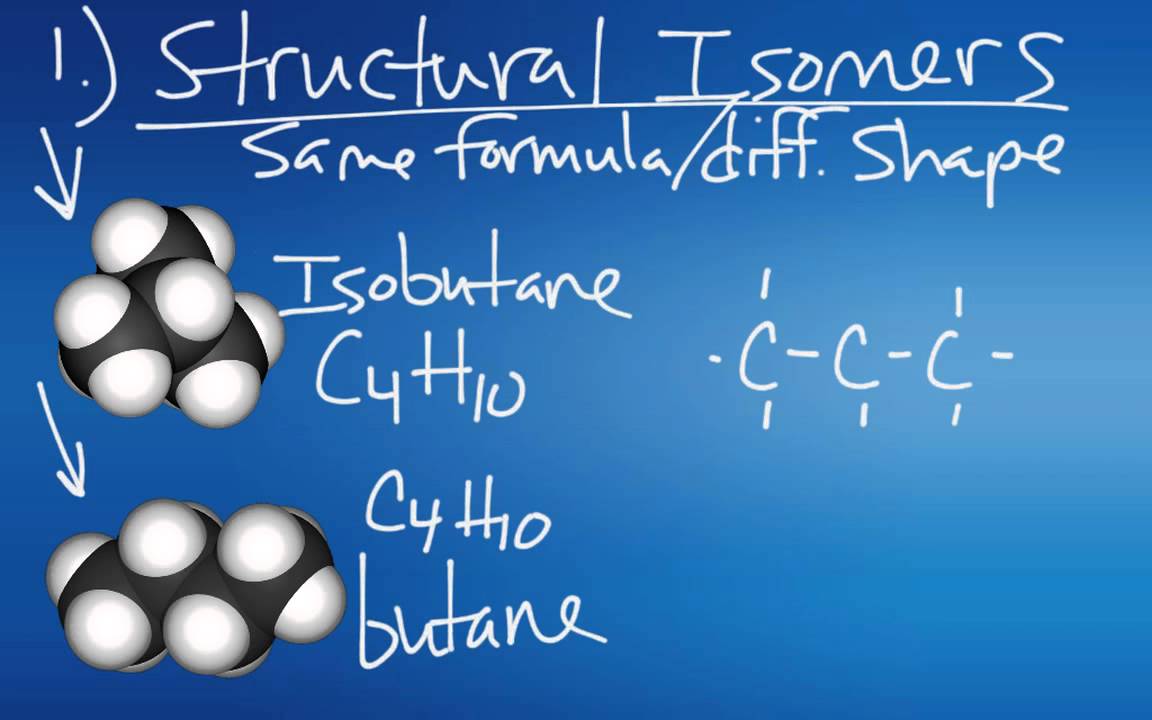Enantiomers (Mirror images) and Racemic Mixtures
Summary
TLDRThis video explains the concept of enantiomers—mirror images of molecules—and racemic mixtures, which contain equal amounts of both enantiomers. It uses a reaction involving a positively charged carbocation and a negatively charged chloride ion to illustrate how different attack angles can produce distinct stereoisomers. The resulting chiral carbon, bonded to four different groups, demonstrates that these molecules are non-superimposable. The video emphasizes the significance of stereochemistry in chemical reactions, showcasing how variations in molecular structure lead to unique optical properties.
Takeaways
- 😀 Enantiomers are mirror images of molecules that can exhibit different chemical properties.
- 😀 A racemic mixture contains equal amounts of both enantiomers, leading to specific stereochemical properties.
- 😀 The reaction involves a negatively charged chloride ion and a positively charged carbocation.
- 😀 The carbocation has a plus one formal charge due to having only three bonds.
- 😀 Chloride can bond with the carbocation, forming a new molecule.
- 😀 The resulting carbon can become chiral if it has four different substituents attached.
- 😀 Chirality introduces stereochemistry, making molecules optically active.
- 😀 The chloride can attack the carbocation from either side, leading to two different stereoisomer products.
- 😀 These stereoisomers are non-superimposable, meaning they cannot be aligned perfectly.
- 😀 The concept of a mirror plane illustrates the difference between the two enantiomers.
Q & A
What are chiral molecules?
-Chiral molecules are those that are non-superimposable on their mirror images, meaning they cannot be aligned perfectly with their mirror counterparts.
What is a chiral center?
-A chiral center, often a carbon atom, is bonded to four different substituents, resulting in optical activity and the potential for stereoisomerism.
What is a racemic mixture?
-A racemic mixture is an equal mixture of two enantiomers, or mirror image molecules, typically present in a 1:1 ratio.
How does the chloride ion interact with the carbocation?
-The chloride ion can attack the carbocation from either side, resulting in two different products due to the different spatial arrangements.
What happens when the chloride attacks the carbocation from one side?
-When the chloride attacks from one side, it forms one specific stereoisomer, which has a unique spatial arrangement of its substituents.
What occurs when the chloride attacks from the opposite side?
-An attack from the opposite side produces a different stereoisomer, demonstrating that the position of attack influences the outcome.
Why are the resulting molecules considered stereoisomers?
-The resulting molecules are considered stereoisomers because they have the same molecular formula but different spatial configurations.
What role does chirality play in biological systems?
-Chirality is crucial in biological systems because many biological molecules are chiral, and their interactions often depend on their specific orientations.
Can you superimpose the two enantiomers formed from the reaction?
-No, the two enantiomers cannot be superimposed on each other due to their distinct spatial arrangements.
What is the significance of chirality in pharmaceuticals?
-Chirality is significant in pharmaceuticals because different enantiomers can have different biological effects, making it essential to produce the desired enantiomer for therapeutic use.
Outlines

This section is available to paid users only. Please upgrade to access this part.
Upgrade NowMindmap

This section is available to paid users only. Please upgrade to access this part.
Upgrade NowKeywords

This section is available to paid users only. Please upgrade to access this part.
Upgrade NowHighlights

This section is available to paid users only. Please upgrade to access this part.
Upgrade NowTranscripts

This section is available to paid users only. Please upgrade to access this part.
Upgrade Now5.0 / 5 (0 votes)





